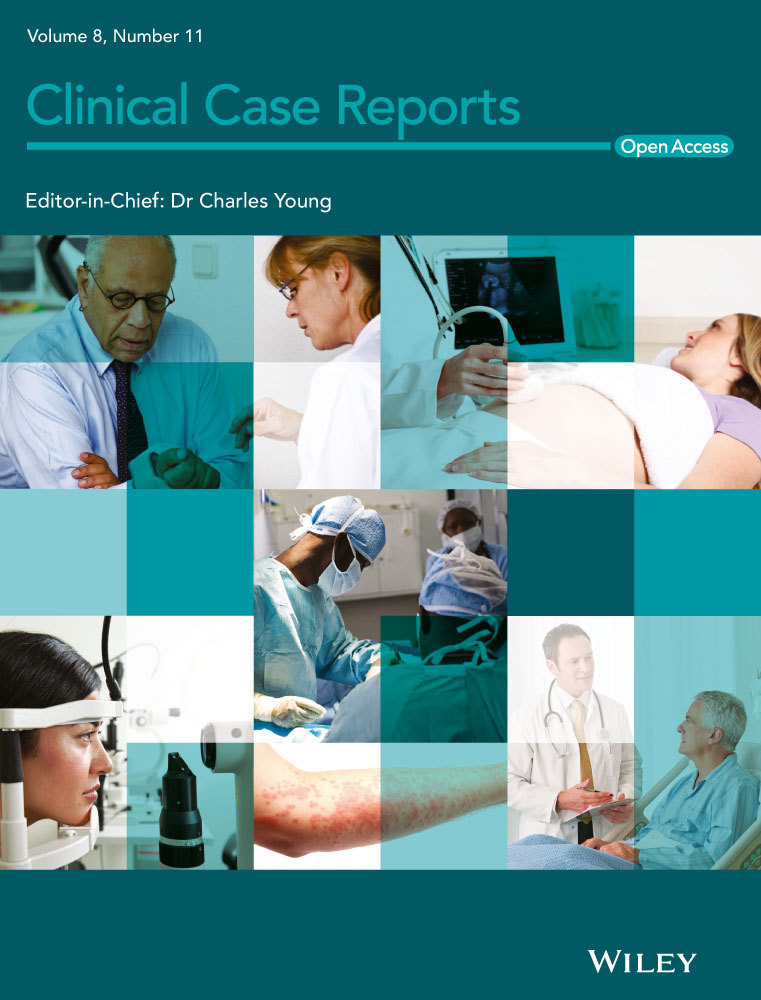Delayed hypoxia during pediatric posterior spinal fusion secondary to intraoperative pneumothorax: Case report
Abstract
Rarely will a pneumothorax caused intraoperatively not manifest signs such as hypoxia, tachypnea, and tachycardia until later. If this occurs, diagnosis and treatment with needle decompression or chest tube must happen quickly for patient safety.
CONFLICT OF INTEREST
None declared.




